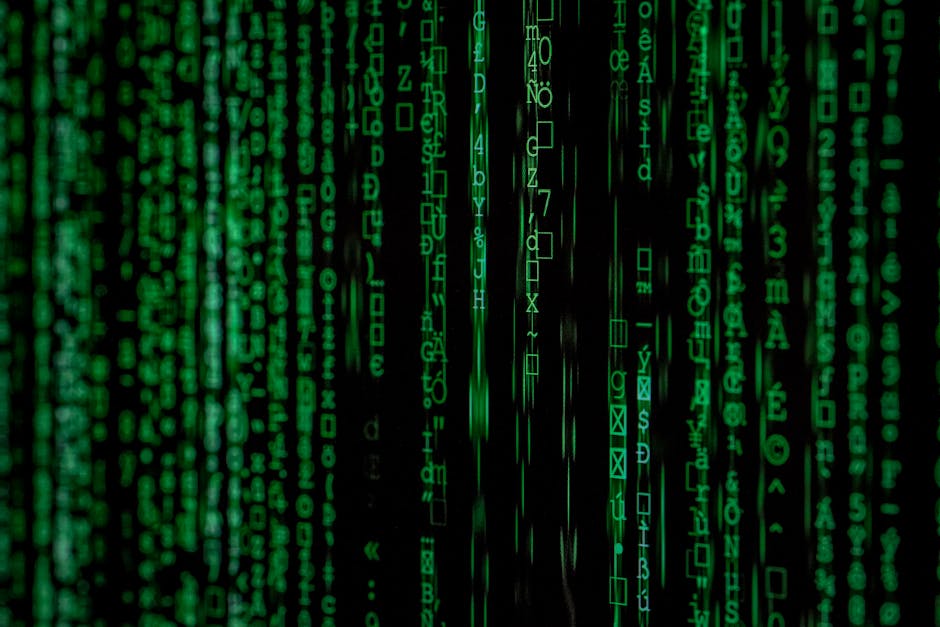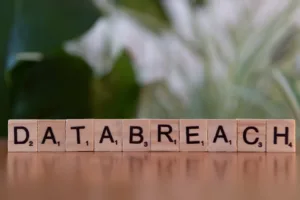
Discovered in April 2023, Ransom.Win32.RTMCOMMAND.THKBFBD (also tracked as Ransom:Win32/RTMLocker.AA!MTB) is a Windows-specific ransomware strain with limited distribution but notable encryption capabilities. While its infection rates are low, its ability to encrypt all drives (excluding CD-ROM) and demand ransom payments warrants attention from security teams. This analysis explores its behavior, detection methods, and mitigation strategies.
Technical Behavior and Impact
The ransomware operates primarily as a secondary payload, often delivered via malware campaigns or malicious downloads. Upon execution, it encrypts files across all mounted drives, leaving a ransom note titled How To Restore Your Files.txt in affected directories. Unlike advanced ransomware families like LockBit or Play, this variant lacks sophisticated evasion techniques, contributing to its low prevalence. Temporary files, such as %User Temp%\img{3 Random Characters.tmp, are created during execution, serving as indicators of compromise.
Detection and Artifacts
Trend Micro’s machine learning engine flags this strain as Troj.Win32.TRX.XXPE50FFF067, with detection focusing on file creation patterns in user temp directories. Key artifacts include the ransom note and temporary files, which can be identified through endpoint monitoring or YARA/Sigma rules. Security teams should prioritize scanning for WriteFile operations targeting non-system drives, as this behavior is consistent with ransomware activity.
Mitigation and Recovery
Infected systems should be immediately isolated to prevent further encryption. Remediation involves deleting temporary files (e.g., Remove-Item "$env:TEMP\img*.tmp" -Force in PowerShell) and restoring data from backups, as no public decryption tool exists. Disabling System Restore on Windows 7–10 systems is recommended to prevent reinfection from shadow copies. Proactive measures, such as blocking known delivery vectors and validating backup integrity, are critical for preventing future incidents.
Strategic Recommendations
While Ransom.Win32.RTMCOMMAND.THKBFBD poses a lower immediate risk compared to widespread ransomware families, its encryption capability underscores the importance of robust backup policies and endpoint detection. Blue teams should incorporate hunting queries for img*.tmp files, while red teams may use this strain to test incident response workflows. Continuous monitoring of emerging variants and their TTPs is advised to maintain defensive readiness.





